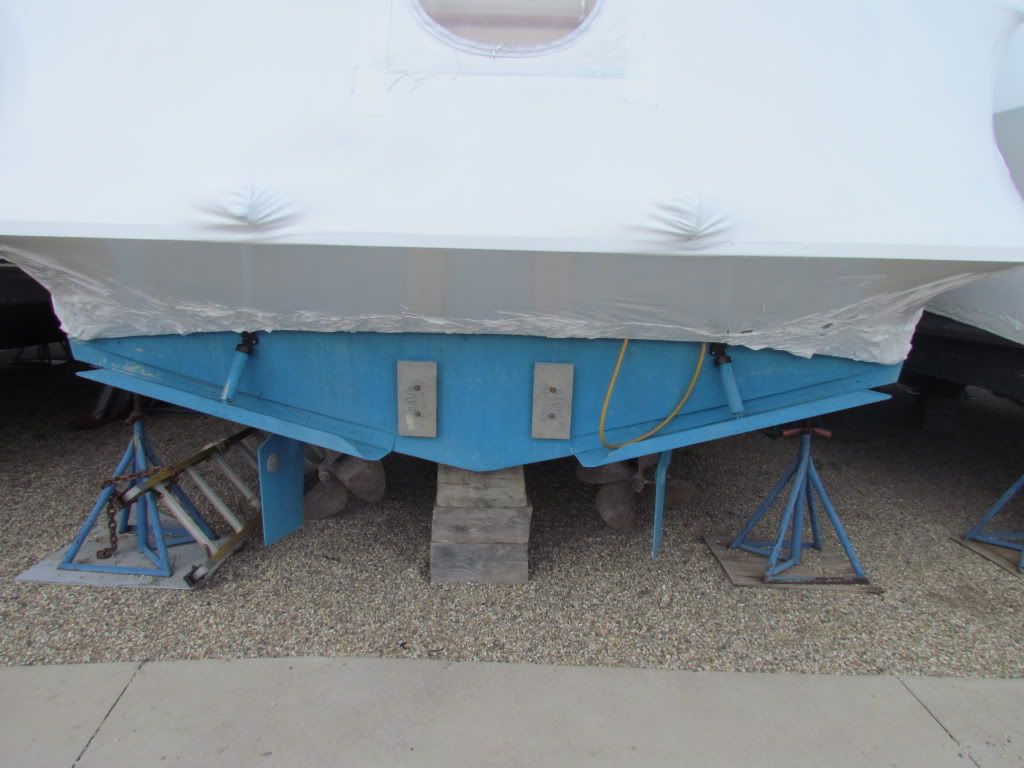Carver370
Well-Known Member
- Mar 30, 2007
- 1,928
- Boat Info
- 2000 Sea Ray 400 Sundancer - Diesel
- Engines
- T-3116 CAT - 350 HP
It was recently brought up in another thread by another member when discussing similar power in very different boats while they still make the same cruise speed and fuel consumption.
This is a quote from that thread:
390x Wrote:
"I've had 4 boats with Mercs, and one with Crusaders. The Crusaders are better engines, period. I just rebuilt a pair two winters ago, and they truly were better engines to begin with. On big blocks they're only 4-bolt mains, have better gasketing and forged pistons. On mercs, not all are 4-bolt mains and forged pistons. Go to yachtsurvey.com and see what Pascoe has to say about the Crusaders vs the Mercs. He's definitely a fan. My parents have an '87 38 Carver and it has been an absolutely fantastic boat. I know that they're 87 38 Carver has many things that are better than my 39. I would love to have it explained to me how their 28,000 pound boat with a keel can have basically the same engines as me, swing 24" props (handles fantastic), go basically the same speed as me at WOT, and get basically the same fuel economy. Meanwhile I weigh maybe 18,000 pounds, only swing 20" wheels (handles like sh*t) and have no keel. Point being they got it right, and Sea Ray didn't. You'll like the Carver very much. They make a good boat, and they can go out in anything that a comparable sized Sea Ray can. It also won't be any tipsier than any other bridge boat of the same size. "
I should say that this thread is NOT intended to be a brand vs brand bashing post, but more of an education for those who may not have run a different style boat than they may own. It also should be informative to show how different hull designs net different handling qualities, fuel efficiency, or speed. For instance, an aft cabin (of any brand) isn't always a dock queen or intended for small inland lakes or rivers.
I intend on taking some pictures tomorrow of some different hulls outside my office that I know the particulars on and it would be interesting to see what people think of the different hull designs and what their characteristics would be. I hope to have a pretty diverse crowd.
Hydro-dynamics fascinate me, and the post 390x made confirmed I am not the only one noticing this. My boat for instance fits the above statement exactly.
1.


2.


3.


4.


5.


6.

7.


8.


9.


10.


Bring on your thoughts as to what brands these boats are or styles.
This is a quote from that thread:
390x Wrote:
"I've had 4 boats with Mercs, and one with Crusaders. The Crusaders are better engines, period. I just rebuilt a pair two winters ago, and they truly were better engines to begin with. On big blocks they're only 4-bolt mains, have better gasketing and forged pistons. On mercs, not all are 4-bolt mains and forged pistons. Go to yachtsurvey.com and see what Pascoe has to say about the Crusaders vs the Mercs. He's definitely a fan. My parents have an '87 38 Carver and it has been an absolutely fantastic boat. I know that they're 87 38 Carver has many things that are better than my 39. I would love to have it explained to me how their 28,000 pound boat with a keel can have basically the same engines as me, swing 24" props (handles fantastic), go basically the same speed as me at WOT, and get basically the same fuel economy. Meanwhile I weigh maybe 18,000 pounds, only swing 20" wheels (handles like sh*t) and have no keel. Point being they got it right, and Sea Ray didn't. You'll like the Carver very much. They make a good boat, and they can go out in anything that a comparable sized Sea Ray can. It also won't be any tipsier than any other bridge boat of the same size. "
I should say that this thread is NOT intended to be a brand vs brand bashing post, but more of an education for those who may not have run a different style boat than they may own. It also should be informative to show how different hull designs net different handling qualities, fuel efficiency, or speed. For instance, an aft cabin (of any brand) isn't always a dock queen or intended for small inland lakes or rivers.
I intend on taking some pictures tomorrow of some different hulls outside my office that I know the particulars on and it would be interesting to see what people think of the different hull designs and what their characteristics would be. I hope to have a pretty diverse crowd.
Hydro-dynamics fascinate me, and the post 390x made confirmed I am not the only one noticing this. My boat for instance fits the above statement exactly.
1.


2.


3.


4.


5.


6.

7.


8.


9.


10.


Bring on your thoughts as to what brands these boats are or styles.
Last edited:


